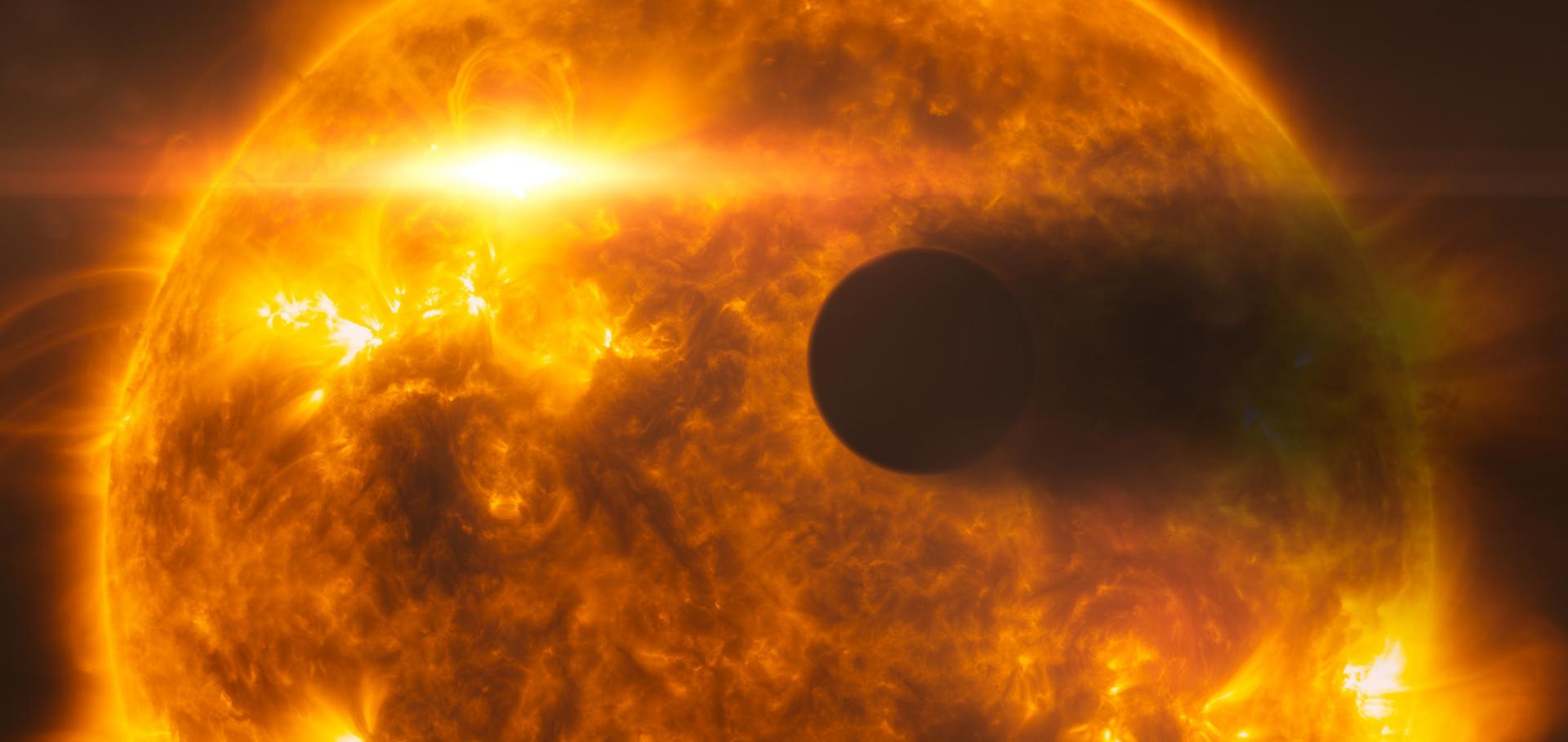Transit Timing Variations in the three-planet system: TOI-270
(2023)
A simple method to estimate radial velocity variations due to stellar activity using photometry (vol 419, pg 3147, 2012)
MONTHLY NOTICES OF THE ROYAL ASTRONOMICAL SOCIETY Oxford University Press (OUP) 524:1 (2023) 906-906
Gaussian Process Regression for Astronomical Time Series
Annual Review of Astronomy and Astrophysics Annual Reviews 61:1 (2023) 329-371
Abstract:
The past two decades have seen a major expansion in the availability, size, and precision of time-domain data sets in astronomy. Owing to their unique combination of flexibility, mathematical simplicity, and comparative robustness, Gaussian processes (GPs) have emerged recently as the solution of choice to model stochastic signals in such data sets. In this review, we provide a brief introduction to the emergence of GPs in astronomy, present the underlying mathematical theory, and give practical advice considering the key modeling choices involved in GP regression. We then review applications of GPs to time-domain data sets in the astrophysical literature so far, from exoplanets to active galactic nuclei, showcasing the power and flexibility of the method. We provide worked examples using simulated data, with links to the source code; discuss the problem of computational cost and scalability; and give a snapshot of the current ecosystem of open source GP software packages. In summary:▪ GP regression is a conceptually simple but statistically principled and powerful tool for the analysis of astronomical time series.
▪ It is already widely used in some subfields, such as exoplanets, and gaining traction in many others, such as optical transients.
▪ Driven by further algorithmic and conceptual advances, we expect that GPs will continue to be an important tool for robust and interpretable time domain astronomy for many years to come.
Revisiting K2-233 spectroscopic time-series with multidimensional Gaussian processes
Monthly Notices of the Royal Astronomical Society Oxford University Press 522:3 (2023) 3458-3471
Abstract:
Detecting planetary signatures in radial velocity time-series of young stars is challenging due to their inherently strong stellar activity. However, it is possible to learn information about the properties of the stellar signal by using activity indicators measured from the same stellar spectra used to extract radial velocities. In this manuscript, we present a reanalysis of spectroscopic High Accuracy Radial Velocity Planet Searcher data of the young star K2-233, which hosts three transiting planets. We perform a multidimensional Gaussian process regression on the radial velocity and the activity indicators to characterize the planetary Doppler signals. We demonstrate, for the first time on a real data set, that the use of a multidimensional Gaussian process can boost the precision with which we measure the planetary signals compared to a one-dimensional Gaussian process applied to the radial velocities alone. We measure the semi-amplitudes of K2-233 b, c, and d as 1.31+0.81−0.74, 1.81+0.71−0.67, and 2.72+0.66−0.70 m s−1, which translate into planetary masses of 2.4+1.5−1.3, 4.6+1.8−1.7, and 10.3+2.4−2.6 M⊕, respectively. These new mass measurements make K2-233 d a valuable target for transmission spectroscopy observations with JWST. K2-233 is the only young system with two detected inner planets below the radius valley and a third outer planet above it. This makes it an excellent target to perform comparative studies, to inform our theories of planet evolution, formation, migration, and atmospheric evolution.Discovering planets with PLATO: comparison of algorithms for stellar activity filtering
Astronomy and Astrophysics EDP Sciences 672 (2023) A144
Abstract:
Context. To date, stellar activity is one of the main limitations in detecting small exoplanets via the transit photometry technique. Since this activity is enhanced in young stars, traditional filtering algorithms may severely underperform in attempting to detect such exoplanets, with shallow transits often obscured by the photometric modulation of the light curve.Aims. This paper aims to compare the relative performances of four algorithms developed by independent research groups specifically for the filtering of activity in the light curves of young active stars, prior to the search for planetary transit signals: Notch and LOCoR (N&L), Young Stars Detrending (YSD), K2 Systematics Correction (K2SC), and VARLET. Our comparison also includes the two best-performing algorithms implemented in the Wōtan package: Tukey’s biweight and Huber spline algorithms.
Methods. For this purpose, we performed a series of injection-retrieval tests of planetary transits of different types, from Jupiter down to Earth-sized planets, moving both on circular and eccentric orbits. These experiments were carried out over a set of 100 realistically simulated light curves of both quiet and active solar-like stars (i.e., F and G types) that will be observed by the ESA Planetary Transits and Oscillations of stars (PLATO) space telescope, starting 2026.
Results. From the experiments for transit detections, we found that N&L is the best choice in many cases, since it misses the lowest number of transits. However, this algorithm is shown to underperform when the planetary orbital period closely matches the stellar rotation period, especially in the case of small planets for which the biweight and VARLET algorithms work better. Moreover, for light curves with a large number of data-points, the combined results of two algorithms, YSD and Huber spline, yield the highest recovery percentage. Filtering algorithms allow us to obtain a very precise estimate of the orbital period and the mid-transit time of the detected planets, while the planet-to-star radius is underestimated most of the time, especially in cases of grazing transits or eccentric orbits. A refined filtering that takes into account the presence of the planet is thus compulsory for proper planetary characterization analyses.


